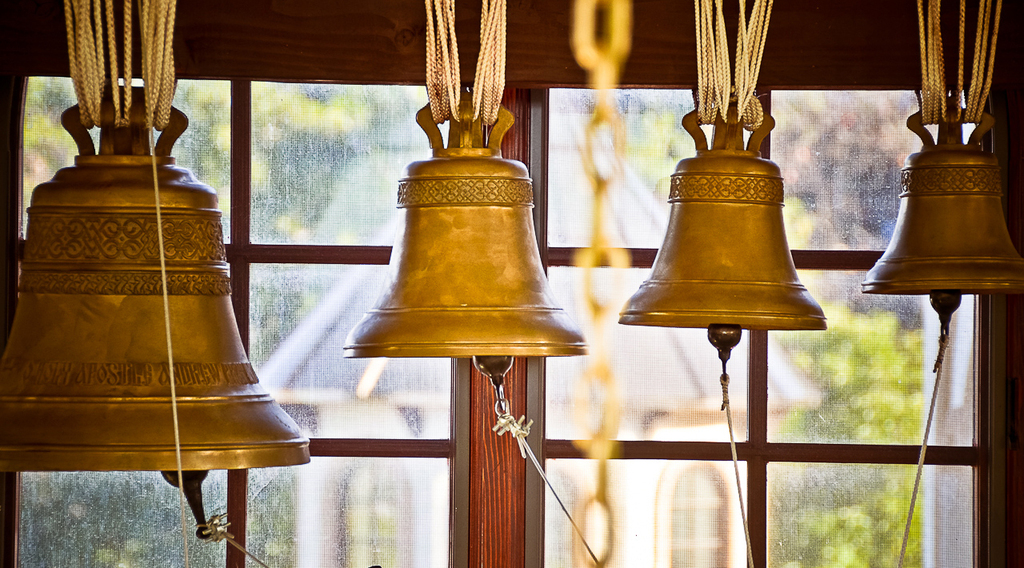
Religion annually contributes nearly $1.2 trillion of socio-economic value to the U.S. economy, according to a new study by Brian Grim and Melissa Grim in the Interdisciplinary Journal of Research on Religion (12:3). This figure is equivalent to being the world’s fifteenth largest national economy, putting it ahead of about 180 other countries. The study is the first documented quantitative national estimate of the economic value of religion to U.S. society. The authors point out that the sum is more than the annual revenues of the world’s top ten tech companies, including Apple, Amazon, and Google. It’s also more than 50 percent larger than the annual global revenues of America’s six largest oil and gas companies. A higher-end estimate based on the household incomes of religiously affiliated Americans places the value of faith to U.S. society at $4.8 trillion annually, or the equivalent of nearly a third of America’s gross domestic product.
(http://www.religjournal.com/articles/article_view.php?id=108)
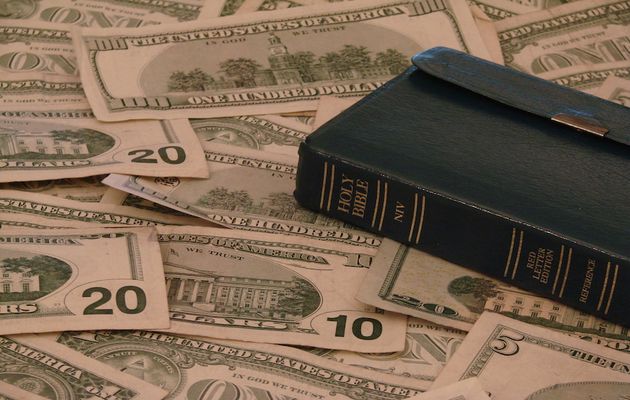
The growth of the religiously non-affiliated demographic is unlikely to please political strategists, as this diffuse population does not form a voting bloc, according to a study by the Public Religion Research Institute. The study found that more than one-quarter (26 percent) of unaffiliated Americans (who are now reported to be up to 25 percent of the population) report they are not registered to vote, a significantly higher rate than among white evangelical Protestants (10 percent), white mainline Protestants (11 percent), or white Catholics (12 percent). A plurality (48 percent) of “nones” are politically independent. One-third of the unaffiliated (33 percent) are Democrats, and only 12 percent identify as Republican (they are about twice as likely to be politically liberal as they are to be conservative). In studying the reasons that the unaffiliated left or remain unattached to religious institutions, a lack of belief was cited as the main factor; only a minority report bad personal experiences with congregations that led to their position, although Catholics were more likely to cite church teachings on sexuality and the child sex abuse crisis as factors for leaving. The study found that few unaffiliated Americans are actively looking to join a religious community. Only 7 percent of the unaffiliated report they are searching for a religion that would be right for them, compared to 93 percent who say they are not.
(To download the report, visit:http://www.prri.org/research/prri-rns-2016-religiously-unaffiliated americans/)
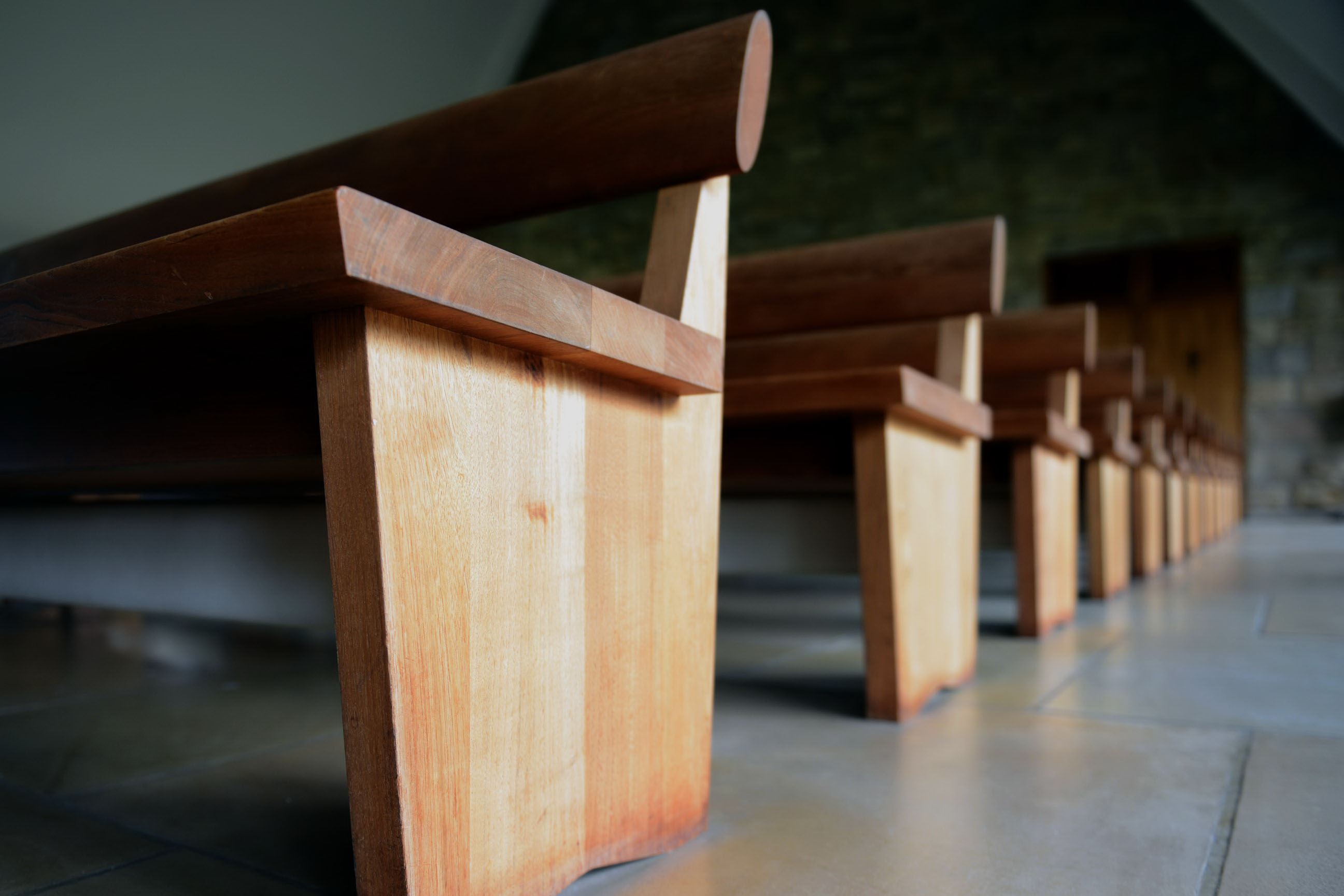
Political messages are being delivered from the pulpits of churches during this election season, with 64 percent of attendees reporting that they have heard their clergy speak on political issues, according to a Pew Research Center survey. The survey was conducted online and by mail from June 7 to July 5 among a sample 4,602 adults. Of those surveyed 40 percent reported attending religious services at least once or twice in the months before receiving the survey. The issues that respondents heard in sermons included economic inequality, immigration, environmental protections, religious liberty, abortions, and same-sex relationships. Fourteen percent said they heard their pastors speak about a specific presidential candidate; 9 percent heard statements of endorsement or opposition (11 percent) from the pulpit, a violation that can strip churches of their tax-exempt status. More churchgoers have heard their pastors speak against Donald Trump (7 percent compared to 4 percent against Hillary Clinton) than for his Democratic rival (6 percent for Clinton, compared to 1 percent for Trump).
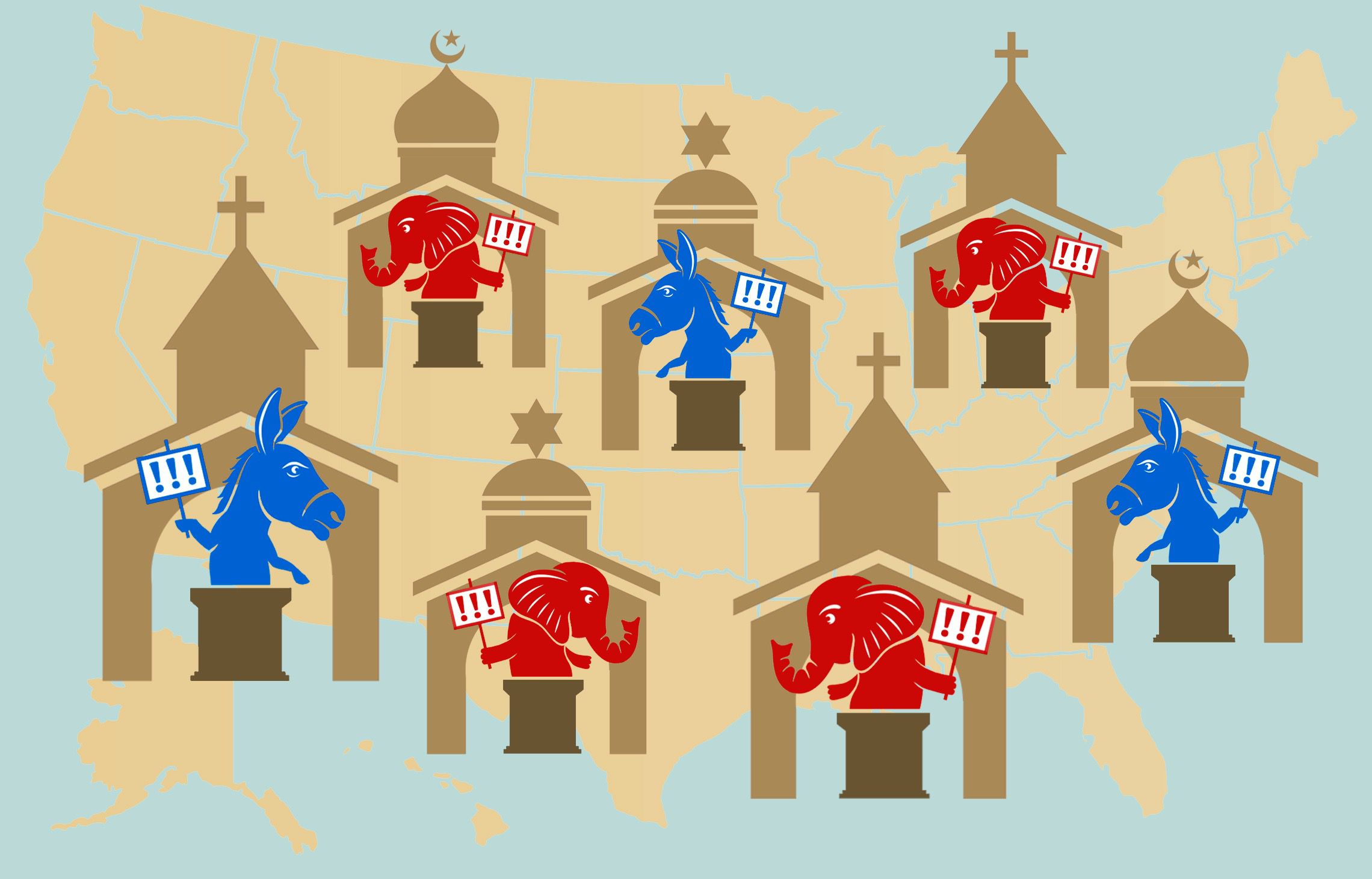
The recent interest in demonic possession and exorcism may be a result of the “over-policing of the devil” as more churches train and use exorcists, creating a new demand for this type of ministry, according to sociologists Giuseppe Giordan and Adam Possamai. Accounts of demonic possession and exorcism have been on the increase in both Protestant and Catholic churches in the West, with the proportion of people believing in the devil also rising. The researchers, writing in the journal Social Compass (online in September), use a unique source of data to explain the growth of this phenomenon. They received unprecedented access to records from ten years’ worth of cases of an exorcist of a prominent and large diocese in southern Europe (for the last decade, Italy has “played a leading role in organizing and systematizing the fight against the devil,” not only because of the large number of exorcists used in the country but because several Italian dioceses have started special offices and training seminars to deal with people who think they are possessed). Giordan and Possamai analyzed 1,075 cases and found that the frequency of people consulting the exorcist has remained steady between 2007 and 2014 (with a peak in 2009). The peaks in exorcist activity tend to happen at two specific periods of the year—March–April (around Easter) and October–November (All Saints’ Day and Halloween).
Among all the cases, only 55 cases were seen as requiring 1 or more exorcisms. For 140 cases, the exorcists consulted recommended a psychologist, and for 5 cases, medical services. For the rest of the cases, the exorcist recommended other rituals, such as blessings, confessions, and “rituals of liberation” (13.2 percent). In 20 percent of the cases, the exorcist and patient identified someone in the family tree (usually a woman) renowned as a witch or medium who cast an “evil eye” on the patient. Of those referred for exorcism, most were men (60 percent). Most were in the working and lower-middle classes, with only six being professionals or college graduates. In 40 percent of the cases, the patient appears to have recovered and did not need any more exorcisms. Yet 25 percent continue to be subjected to exorcisms, either because “liberation” has not occurred or because there have been relapses. As for the numbers of exorcisms practiced on an individual, 62 percent of the patients are subjected to a number of exorcisms ranging from 1–10; one patient received 354 exorcisms in 9 years. The authors conclude that the amount of people consulting exorcists is significant and that the practice of exorcism is becoming more mainstream and normalized. The “increase of religious professionals in the field looking for the devil and being available for rituals of exorcism…is greatly contributing to the increase of belief in the devil and the need to practice rituals of exorcism.”
(Social Compass, http://scp.sagepub.com/)
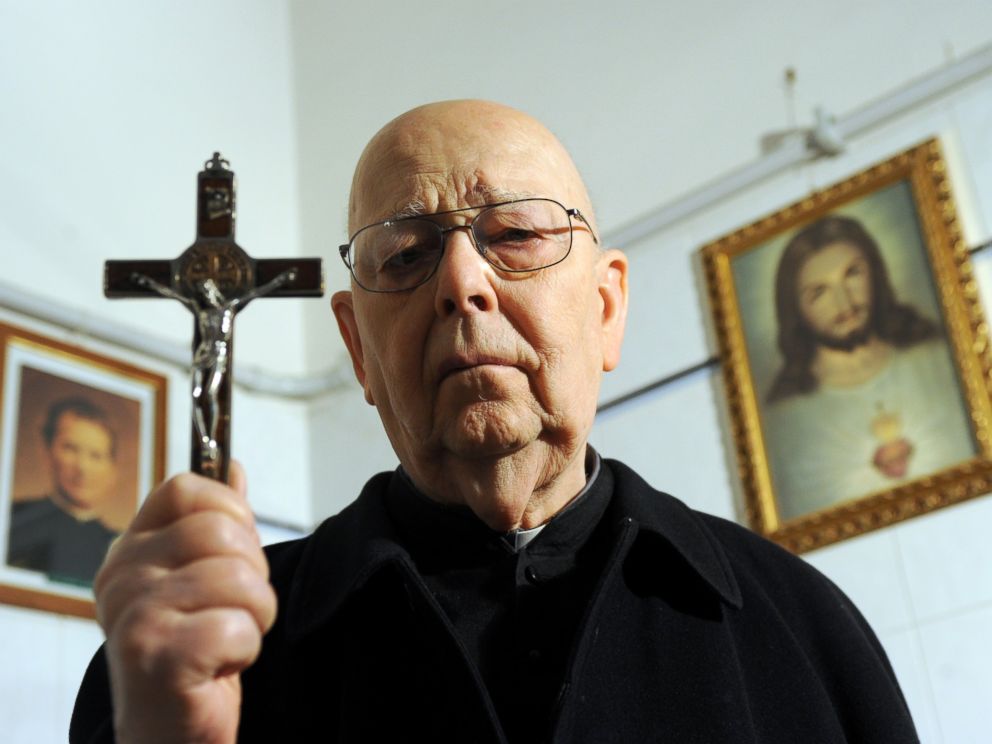
Not only is the proportion of funerals in Britain conducted by religious celebrants fast diminishing, but “religion is disappearing from their content,” reports the blog Counting Religion in Britain (September). The blog cites the Co-operative Funeralcare’s latest biennial survey of funeral music, which shows that 54 percent of its funeral directors state that hymns are the funeral music genre declining fastest in popularity. In a survey of over 30,000 funerals conducted by the group, seven of the top ten pieces of funeral music in 2016 were secular, the chart being headed by Frank Sinatra’s “My Way.” Although the other three were hymns, they had all slipped since the 2014 rating: “The Lord is My Shepherd” from second to fifth position, “Abide with Me” from third to ninth, and “All Things Bright and Beautiful” from sixth to seventh.
(Counting Religion in Britain, http://www.brin.ac.uk/2016/counting-religion-in-britain-september-2016/)
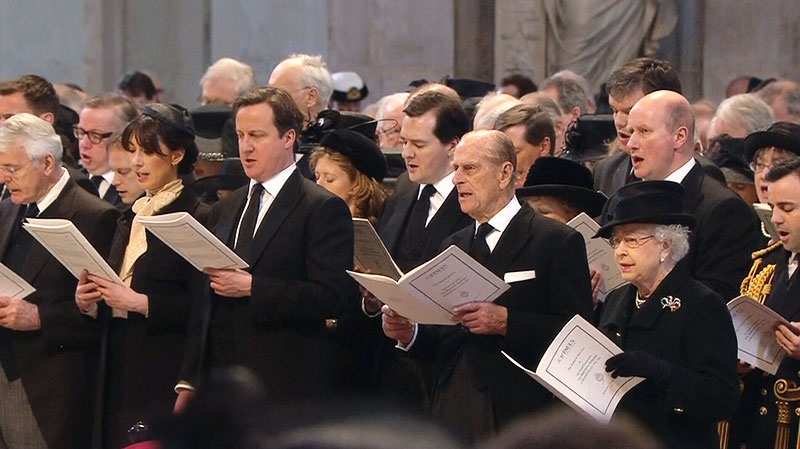
The centuries-old tradition of ringing church bells in England may soon be lost due to a shortage of new recruits. A survey by BBC local radio of 180 delegates to the 2016 annual conference of the Central Conference of Church Bell Ringers found that three-quarters of the delegates said that it had become harder during the past ten years to attract new members of any age, and an even higher proportion claimed that it was difficult to recruit young people under 21, according to the blog Counting British Religion (September). More than half (54 percent) agreed that declining church attendance had exacerbated the problem. At the same time, three-fifths of delegates thought the actual demand for bell-ringing had increased in the previous decade.
(BBC, http://www.bbc.co.uk/news/uk-england-37257729)
